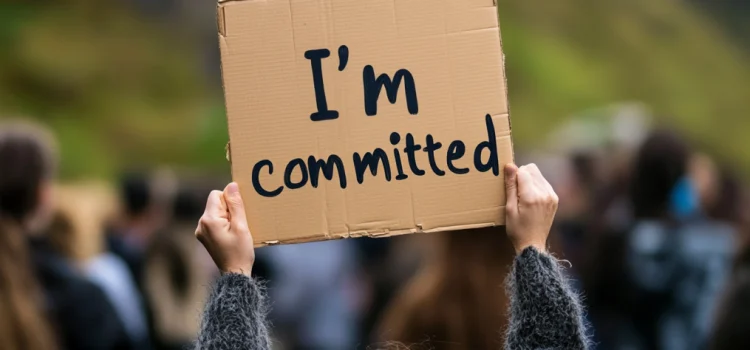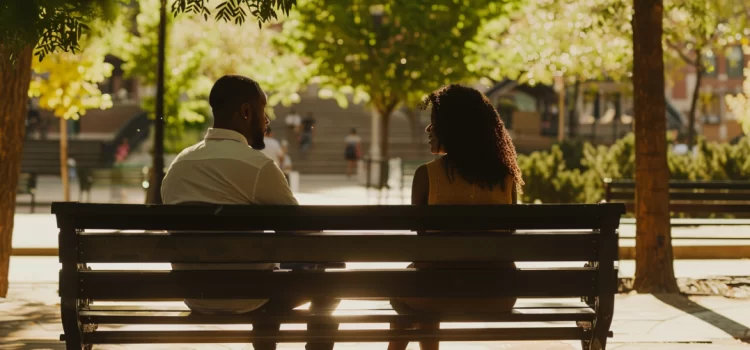Do you want to influence change in others? Are you curious about the psychology behind lasting behavioral shifts? In his book Pre-Suasion, Robert Cialdini explores how to create enduring impact through pre-suasive techniques. He emphasizes the importance of eliciting commitments to cement behavioral changes and shift long-term beliefs. Keep reading to discover how to influence change and make it stick.
How to Influence Change: Robert Cialdini on Securing Commitment










